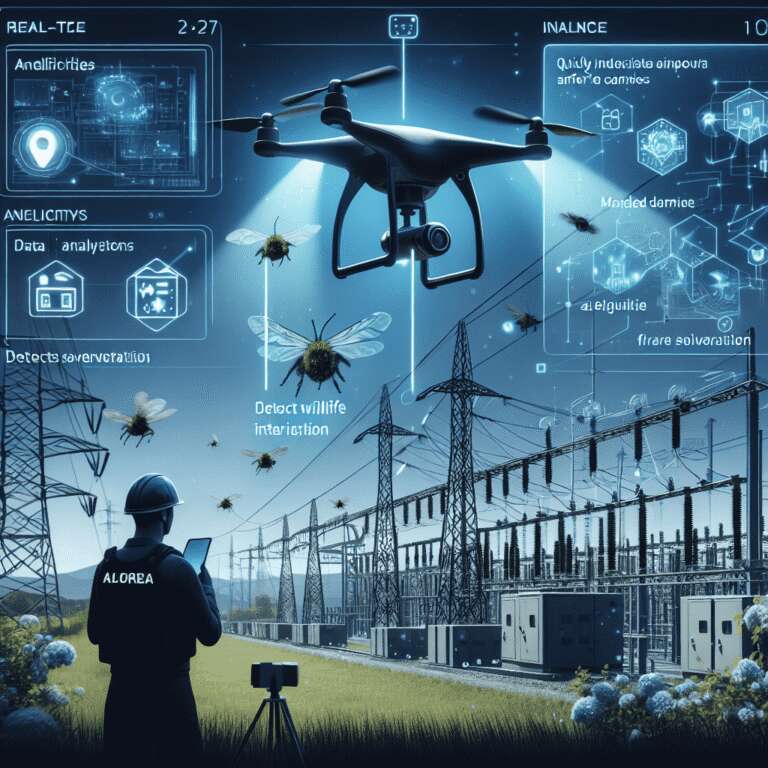Buzz Solutions is leveraging Artificial Intelligence to enhance the reliability of electric grids by helping utility companies better monitor and maintain their infrastructure. The company, part of NVIDIA’s Inception program for innovative startups, offers solutions that prioritize preventing failures which can lead to outages or even wildfires.
Using drones and helicopters, utility companies gather vast amounts of inspection data, which Buzz Solutions’ proprietary machine learning algorithms analyze to identify potential issues. These include broken components, vegetation encroachment, and wildlife activities that could disrupt operations. CEO Kaitlyn Albertoli emphasized that the use of Artificial Intelligence in utilities is only beginning to show its potential for substantial impact.
Buzz Solutions has developed PowerGUARD, an application that enhances the analysis of video streams from substation cameras in real time. This platform can efficiently warn utilities of security, safety, and fire risks through alerts. The use of NVIDIA DeepStream SDK within PowerGUARD for video processing demonstrates a sophisticated approach that reduces costs and improves performance. This is indicative of the massive, untapped potential of Artificial Intelligence in modernizing energy infrastructure and mitigating critical risks.

